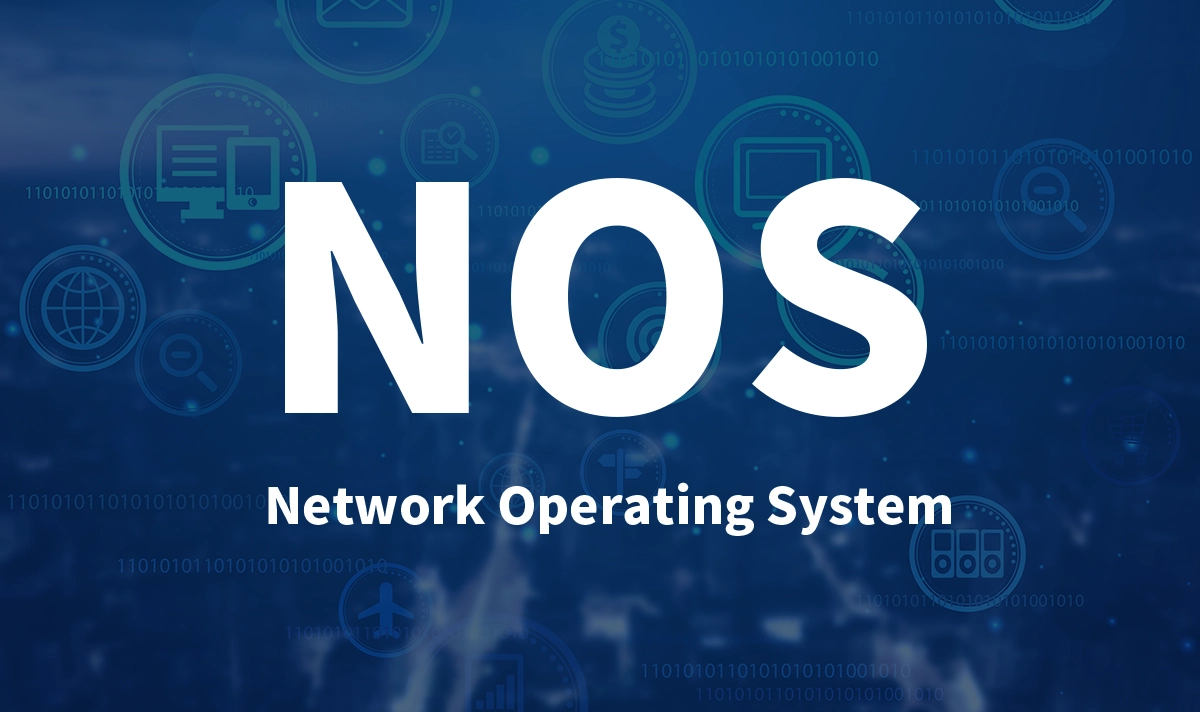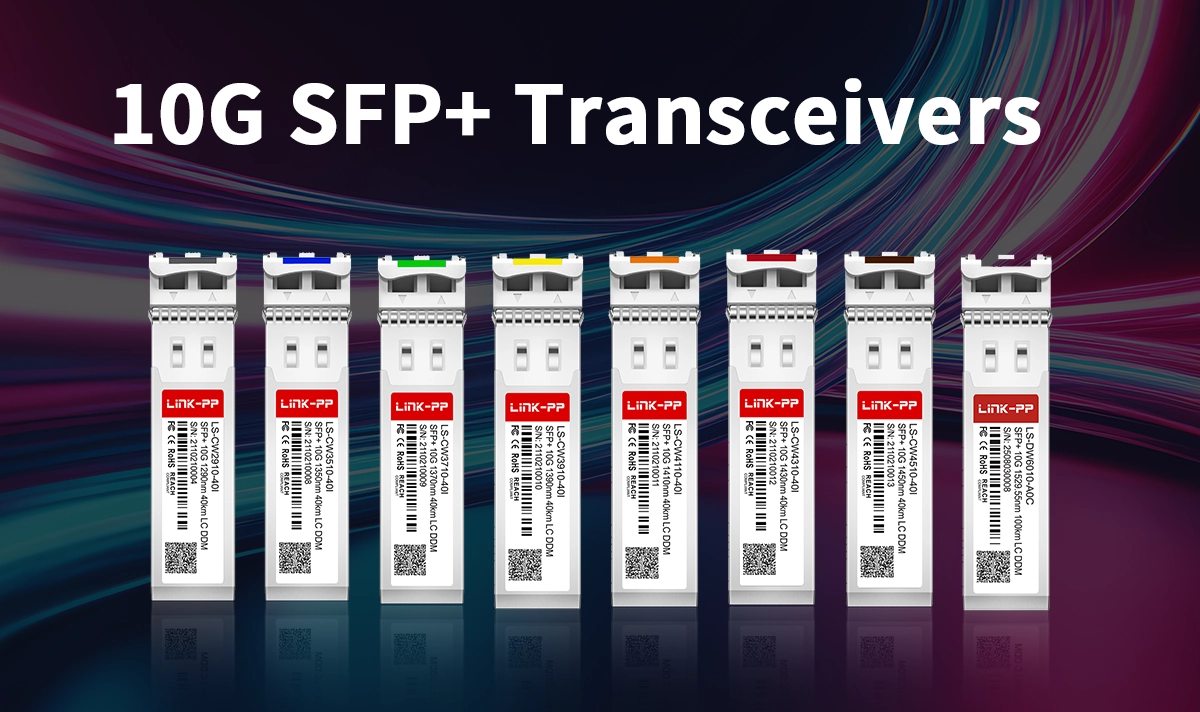
🔹 Introduction
A Network Operating System (NOS) is a specialized operating system designed to run on switches, routers, optical transport platforms, and data center network appliances. Unlike general-purpose operating systems, a NOS focuses on packet forwarding, routing protocol management, hardware abstraction, and high-availability network services. It forms the software foundation that allows network devices to operate predictably, securely, and at scale.
Modern NOS platforms—such as Cisco IOS, Juniper Junos, Arista EOS, and open-network systems like SONiC—are built to handle multi-layer packet processing, hardware offloading, real-time telemetry, and integration with SDN and automation frameworks.
🔹 What Is a Network Operating System (NOS)?
A Network Operating System provides the control-plane and management-plane intelligence for network hardware. Its responsibilities typically include:
Routing and switching control (OSPF, BGP, IS-IS, EVPN, VLAN, VXLAN)
Forwarding engine orchestration, usually interacting with ASICs or NPUs
Network interface management, including Ethernet PHYs and optical modules
Security and access control (ACLs, MACsec, role-based management)
Monitoring and telemetry, such as LLDP, DOM, SNMP, and streaming telemetry
High availability (HA) features like ISSU, clustering, or multi-chassis redundancy
While hardware performs fast packet forwarding, the NOS provides the algorithms, configuration tools, and operational logic.

🔹 NOS Architecture: Control Plane, Data Plane, and Management Plane
A modern NOS is typically structured into:
▷ Control Plane
Responsible for route computation, spanning tree calculations, and maintaining network topology databases. It interacts with SFP+/QSFP transceiver data to understand link state, speed, and operational conditions.
▷ Data Plane
Implements packet forwarding using hardware acceleration (ASIC, FPGA, or NPU). The NOS programs these hardware tables with forwarding rules.
▷ Management Plane
Provides CLI, NETCONF/RESTCONF, SNMP, gNMI/gNOI, and event logging. This is also where operators monitor the optical layer—such as temperature, TX bias, and receive power from SFP+ modules.
🔹 Why NOS Matters in Optical and High-Speed Ethernet Networks

In 10G, 25G, and 100G optical networks, the NOS plays a critical role in ensuring link stability and performance. It must:
Detect optical module presence and compatibility (via EEPROM / Digital Diagnostics)
Manage interface negotiation (10GBASE-SR, 10GBASE-LR, 10GBASE-ER, etc.)
Monitor optical receive power and temperature thresholds
Trigger alarms and corrective actions when an SFP+ module behaves abnormally
Support DOM (Digital Optical Monitoring) and automatic link recovery
As operators deploy increasingly dense and high-speed fiber links, NOS-level optical awareness becomes essential.

🔹 Types of Network Operating Systems
1. Proprietary NOS
Examples: Cisco IOS/XE/XR, Juniper Junos, Arista EOS.
Known for optimized hardware integration, enterprise support, and robust stability.
2. Open Networking NOS
Examples: SONiC, Cumulus Linux, DANOS.
Ideal for cloud-scale operators who need programmability and white-box hardware flexibility.
3. Virtual NOS / Cloud NOS
Used in SDN labs, network simulation, and virtual routing platforms (e.g., vMX, vEOS).
🔹 Key Features of Modern NOS Platforms
Modular microservice-based design
Real-time telemetry streaming
Zero-touch provisioning (ZTP)
Support for automation frameworks (Ansible, Nornir, Terraform)
Lifecycle management for optical modules and Ethernet PHYs
In-service software upgrades (ISSU)
These features allow scalable, self-healing, high-performance networks.
🔹 NOS in Data Centers and Carrier Networks
In environments where high-capacity optical links and fiber interconnects dominate, the NOS ensures:
Consistent east-west and north-south traffic engineering
Lossless Ethernet behavior for storage networks (PFC, ECN, DCB)
Low-latency forwarding paths for microservice applications
High availability of 10G/25G/100G fiber connections
Monitoring and proactive replacement of optical modules nearing end-of-life
Modern NOS platforms are becoming fully programmable, allowing operators to adjust optical parameters and automate SFP+ monitoring tasks.
🔹 Conclusion
A Network Operating System (NOS) is the essential software layer that powers today’s high-speed networks. It manages routing logic, switching tables, automation workflows, and the health of physical network interfaces, including 10G SFP+ optical modules. With the increasing complexity of fiber-dense environments, the interaction between NOS and optical hardware—such as LINK-PP’s standards-compliant 10G SFP+ transceivers—ensures stable, predictable, and high-performance network operations.


